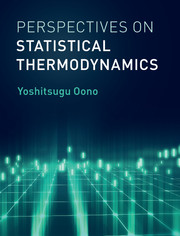The revolutionary change in our understanding of microscopic phenomena that took place during the first 27 years of the twentieth century is unprecedented in the history of natural sciences. Not only did we witness severe limitations in the validity of classical physics, but we found the alternative theory that replaced the classical physical theories to be far broader in scope and far richer in its range of applicability.
The most traditional way to begin a study of quantum mechanics is to follow the historical developments—Planck's radiation law, the Einstein-Debye theory of specific heats, the Bohr atom, de Broglie's matter waves, and so forth—together with careful analyses of some key experiments such as the Compton effect, the Franck-Hertz experiment, and the Davisson-Germer-Thompson experiment. In that way we may come to appreciate how the physicists in the first quarter of the twentieth century were forced to abandon, little by little, the cherished concepts of classical physics and how, despite earlier false starts and wrong turns, the great masters—Heisenberg, Schrödinger, and Dirac, among others—finally succeeded in formulating quantum mechanics as we know it today.
However, we do not follow the historical approach in this book. Instead, we start with an example that illustrates, perhaps more than any other example, the inadequacy of classical concepts in a fundamental way. We hope that, exposing readers to a “shock treatment” at the onset will result in their becoming attuned to what we might call the “quantum-mechanical way of thinking” at a very early stage.
This different approach is not merely an academic exercise. Our knowledge of the physical world comes from making assumptions about nature, formulating these assumptions into postulates, deriving predictions from those postulates, and testing such predictions against experiment. If experiment does not agree with the prediction, then, presumably, the original assumptions were incorrect. Our approach emphasizes the fundamental assumptions we make about nature, upon which we have come to base all of our physical laws, and which aim to accommodate profoundly quantum-mechanical observations at the outset.
